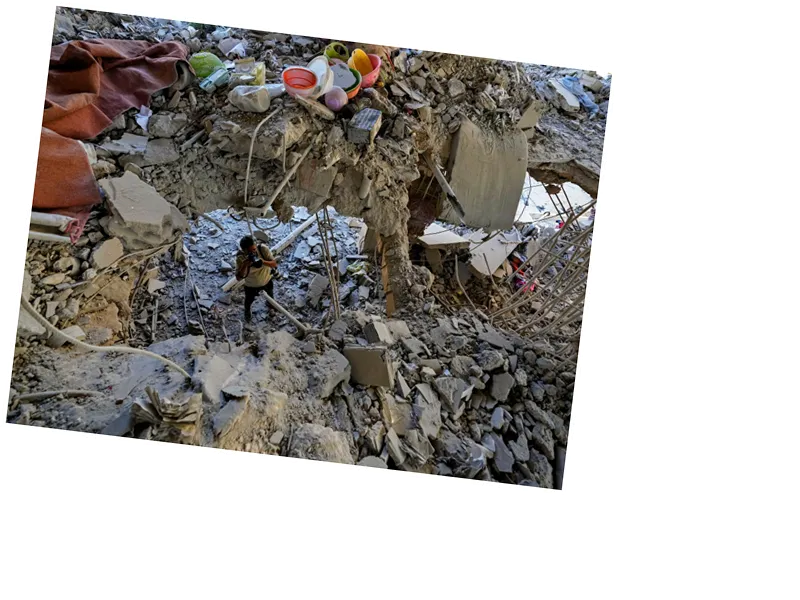More than one million people, almost half of Gaza's population, are on the brink of famine and death by mid-July. This alarming forecast comes from the new 'Hunger Hotspots' report released by the Food and Agriculture Organization of the United Nations (FAO) and the World Food Program (WFP). The report highlights 18 regions facing acute nutrition crises worldwide, with Gaza marked as one of the most at-risk areas for severe deterioration.
In Gaza, the ongoing conflict has exacerbated an already dire situation. The UN report warns that starvation and death are imminent, driven by widespread destruction and the displacement of nearly the entire population. The economic and climatic shocks globally are further aggravating the crisis. 'La Niña' conditions, expected from August 2024 to February 2025, are set to influence precipitation and temperature patterns, potentially worsening food insecurity further.
The situation is dire not only in Gaza but also in regions like South Sudan, Sudan, Haiti, and Mali. Acute food insecurity is predicted to double in South Sudan between April and July 2024 compared to the same period in 2023. FAO Director General QU Dongyu described these prospects as 'daunting,' urging immediate action. Cindy McCain, Executive Director of the WFP, emphasized the necessity of preemptive measures, citing Somalia’s 2011 famine tragedy where many died before official declarations were made.
Since October 7, 2023, Israel has engaged in destructive warfare in Gaza, resulting in over 119,000 Palestinian casualties, with massive numbers of wounded, missing persons, and rampant destruction. Despite international orders and UN Security Council directives to cease hostilities and ameliorate humanitarian conditions, the conflict persists, compounding the humanitarian disaster in the region.
- The FAO's early warning highlights that more than a million Gazans risk encountering famine and death by mid-July 2024, necessitating immediate international intervention. According to the United Nations Integrated Interim Classification for Food Security, 100% of Gaza’s population is currently in 'crisis' or worse. The report underscores the importance of early action to mitigate these outcomes.
- The conflict in Gaza stands as a prominent example of how political instability and warfare can lead to humanitarian and nutrition crises. The FAO and WFP stress the need for global cooperation and support to address these issues effectively.
- The ongoing economic shocks and climatic shifts, intensified by La Niña effects, are expected to disrupt food production and distribution patterns globally, rendering regions like Gaza and South Sudan particularly vulnerable. The international community must focus on developing long-term strategies for resilience and aid.






